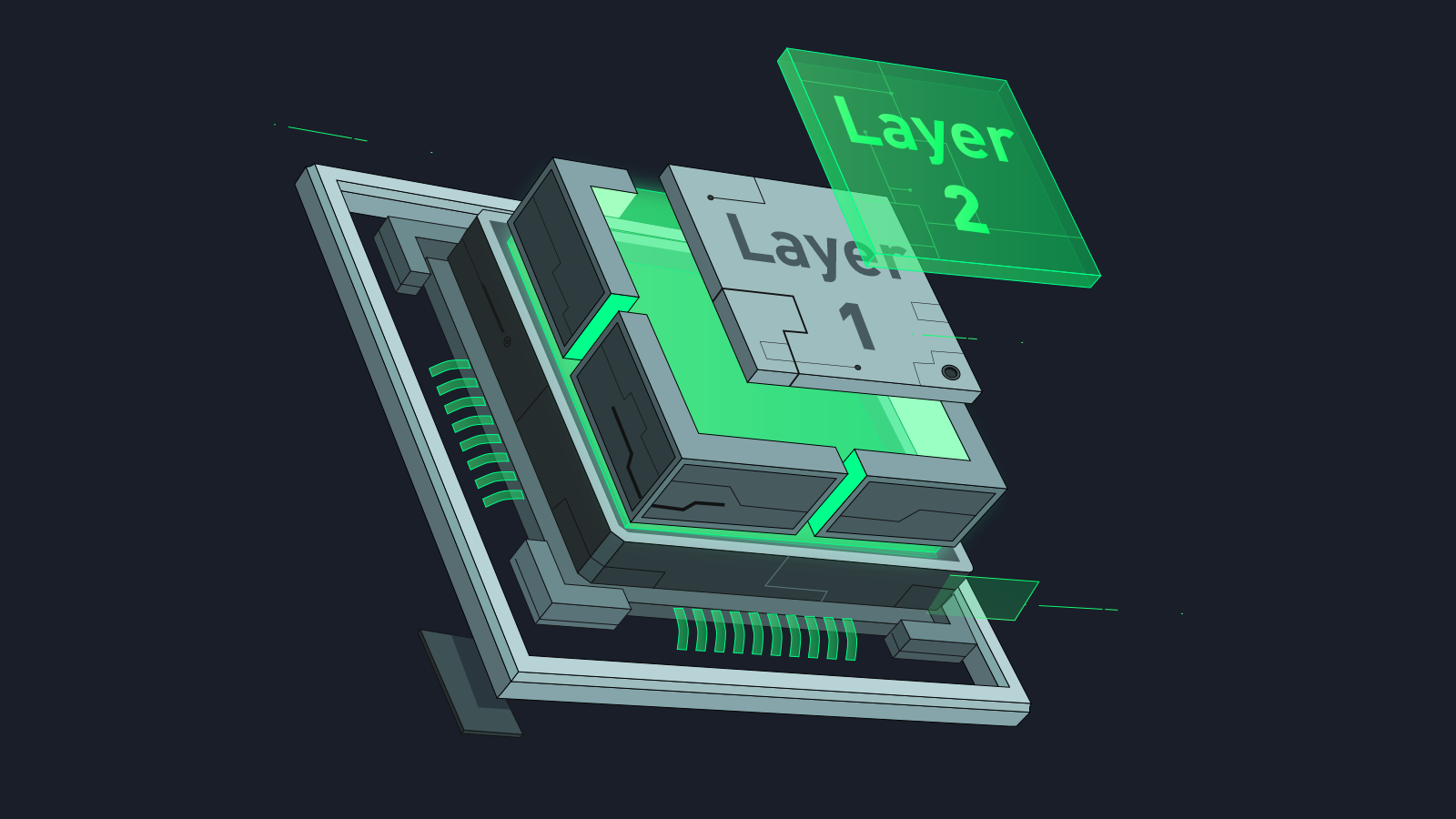Layer 2 blockchain networks address fundamental scaling limitations that plague first-generation blockchain systems by implementing innovative solutions that enhance user experiences across multiple dimensions. These secondary networks operate on top of existing blockchains, providing faster transactions, reduced costs, and improved functionality while maintaining security guarantees from the underlying base layer. The emergence of memecoin crypto projects has benefited from layer 2 technologies, which enable rapid trading and community engagement without the prohibitive fees that previously limited accessibility for smaller transactions.
Transaction speed improvements
Layer 2 solutions dramatically accelerate transaction processing by handling computations off the main blockchain while periodically settling batched results to the base layer. This approach enables thousands of transactions per second compared to the limited throughput of traditional blockchain networks. Users experience near-instantaneous confirmations for their transactions, creating smooth interactions that rival conventional payment systems. The speed improvements become particularly noticeable during high-demand periods when main networks become congested and slow. Layer 2 networks maintain consistent performance regardless of base layer congestion, ensuring users can complete transactions without experiencing the delays that often frustrate blockchain adoption. This reliability makes layer 2 solutions essential for applications requiring real-time interactions and immediate transaction finality.
Cost reduction strategies
- Transaction fees decrease by 90-99% compared to main blockchain networks, making micro-transactions economically viable
- Batch processing spreads security costs across multiple transactions, reducing individual user expenses
- Gas optimisation techniques minimise computational requirements, further lowering operational costs
- Fee predictability eliminates unexpected cost spikes during network congestion periods
- Cross-chain bridging costs remain minimal, enabling affordable asset transfers between networks
- Smart contract execution becomes accessible to users with limited budgets due to reduced operational expenses
Enhanced scalability features
Layer 2 networks implement scaling techniques that accommodate growing user bases without degrading performance or increasing costs. These solutions include state channels, sidechains, and rollup technologies that process transactions efficiently while maintaining cryptographic security guarantees. The scalability improvements enable applications to serve millions of users simultaneously without the bottlenecks that limit traditional blockchain adoption. Advanced scaling features include automatic load balancing, dynamic resource allocation, and optimised data structures that maximise throughput while minimising resource consumption. These technical improvements create seamless user experiences where network performance remains consistent regardless of usage patterns or demand fluctuations. Users benefit from reliable service quality that supports both casual interactions and intensive application usage without performance degradation.
Network interoperability solutions
Layer 2 networks excel at connecting disparate blockchain ecosystems through sophisticated bridging protocols that enable asset and data transfers across different networks. These interoperability features allow users to access services and applications regardless of which blockchain originally hosts their assets. The seamless connectivity creates unified user experiences that transcend individual network limitations while preserving security and decentralisation principles.
Cross-chain compatibility extends beyond simple asset transfers, including complex smart contract interactions and decentralised application usage across multiple networks. Users can leverage the unique advantages of different blockchain networks while maintaining access to their preferred applications and services. This flexibility empowers users to optimise their blockchain interactions based on specific needs rather than constrained by single-network limitations that previously defined the user experience. The interoperability solutions also enable developers to build applications that can access liquidity and functionality from multiple blockchain ecosystems, creating more robust and feature-rich user experiences that weren’t possible with single-chain architectures.


Your Go-To New Homeowner Checklist for a Stress-Free Move-In
Becoming a new homeowner checklist is a milestone filled with excitement, but the transition into your new home can quickly become overwhelming without the right planning. A smooth move-in experience doesn’t just happen—it’s the result of thoughtful preparation and a clear checklist. Here’s your go-to guide to make your move stress-free and organized. Secure the […]